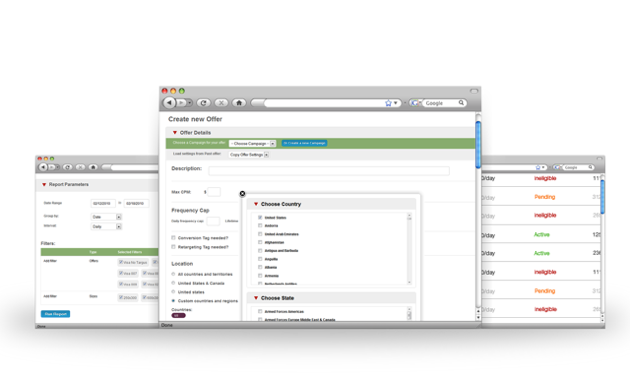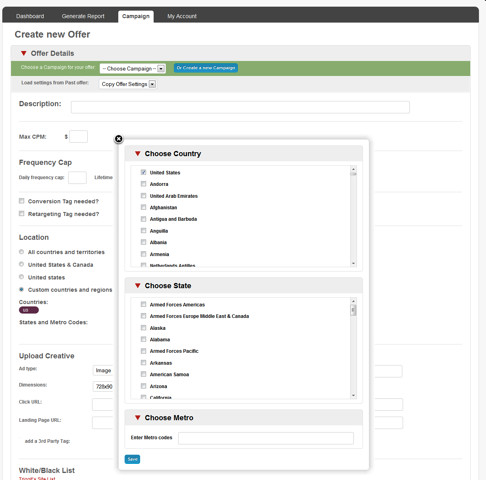 Last year Triggit, a startup that launched in early 2008, shifted gears to become one of the web’s first demand side advertising platforms. Triggit is part of a new movement in advertising that holds real-time auctions for individual ad impressions, which allows advertisers to better target which sites their ads appear on and who sees them. And today, Triggit has launched a new self-serve platform that it hopes will make running display advertising as easy as it is to run the text-based search ads that made Google a money-making machine.
Last year Triggit, a startup that launched in early 2008, shifted gears to become one of the web’s first demand side advertising platforms. Triggit is part of a new movement in advertising that holds real-time auctions for individual ad impressions, which allows advertisers to better target which sites their ads appear on and who sees them. And today, Triggit has launched a new self-serve platform that it hopes will make running display advertising as easy as it is to run the text-based search ads that made Google a money-making machine.
Triggit launched this demand-side platform in October, but up until now it has been a ‘full service’ solution — in other words, you’d have to work directly with the company in order to manage your advertising campaigns through their system. Now anyone can sign up.
For those who aren’t familiar with these real time ad auctions, Triggit sits on top of a half dozen real time ad exchanges, which are offered by Google, Yahoo, and others. When these ad exchanges have an available impression they offer it, in real-time, to services like Triggit to see how much their clients are willing to bid for the ad impression. Triggit’s system automates this for their customers, allowing them to set rules around how much they’re willing to spend and where their ads should be shown.
The new self-serve signup form should be straightforward to anyone who has run an ad campaign before. You enter the maximum CPM you’re willing to spend on your ads, upload your creative, and if there’s a maximum number of times you’d like the ad to be shown to a given user, you can set a frequency cap.
There are also some advanced options for tracking ad conversions and retargeting. And Triggit’s tracking pixel can dynamically adjust an advertising campaign automatically — if the system detects that a certain site is performing better than others, it can start sending more impressions to that site. Other options include geotargeting, and the ability to whitelist or blacklist specific sites.

